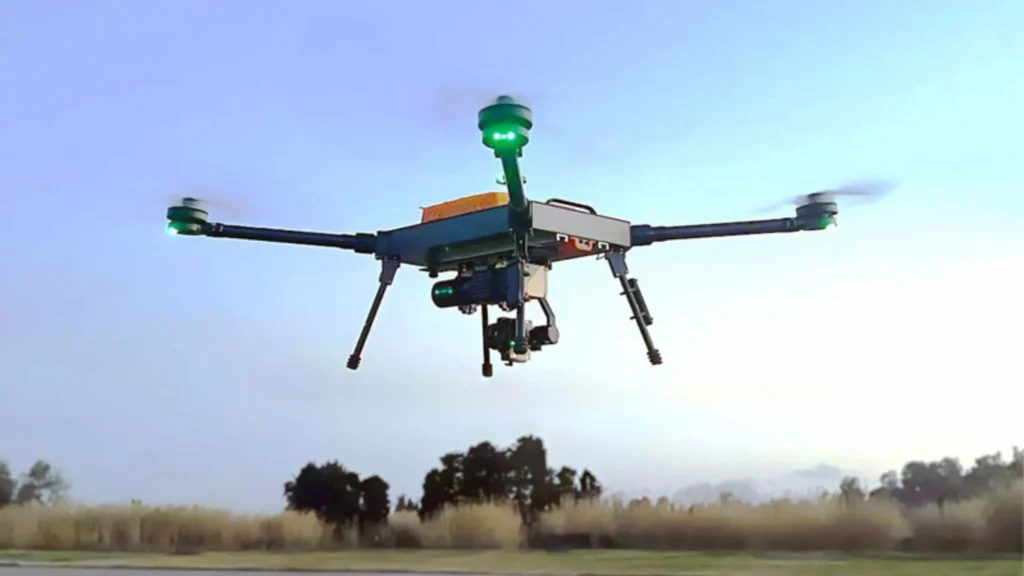
AI-enabled industrial drone unveiled at Pipeline & Gas Expo 2024
Drone pipeline inspection accounted for 17% of the global market in 2022, with a projected growth of 14.2% annually through 2033.

Drone pipeline inspection accounted for 17% of the global market in 2022, with a projected growth of 14.2% annually through 2033.
Australia generates 75 million kg of coffee waste per year, enough to replace 655 million kg of sand in concrete.
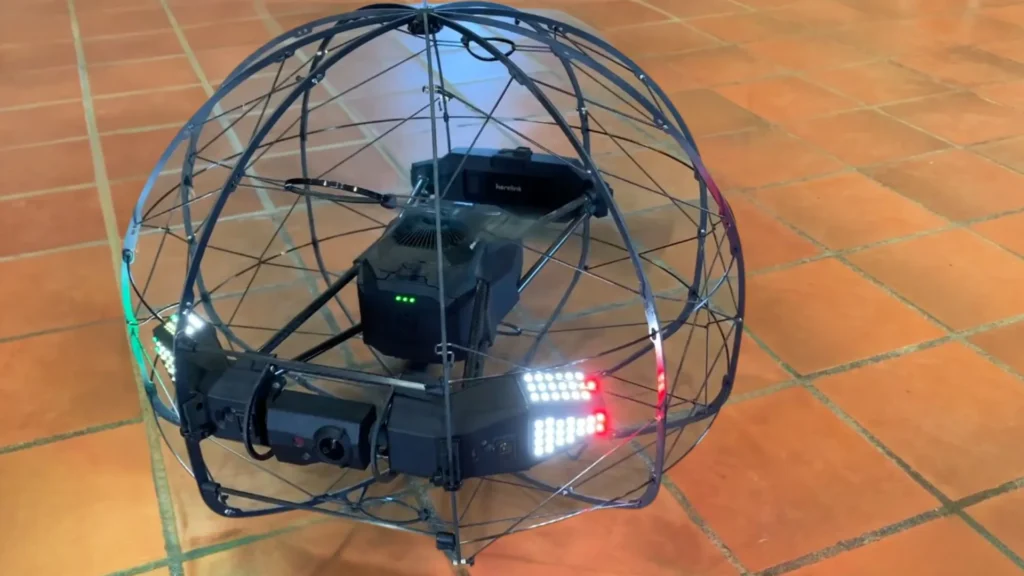
Macomb County is using high-tech "detroit drones" to improve sewer inspections.

Sherry Williams ERC lined pipes have increased durability against abrasive fluids.
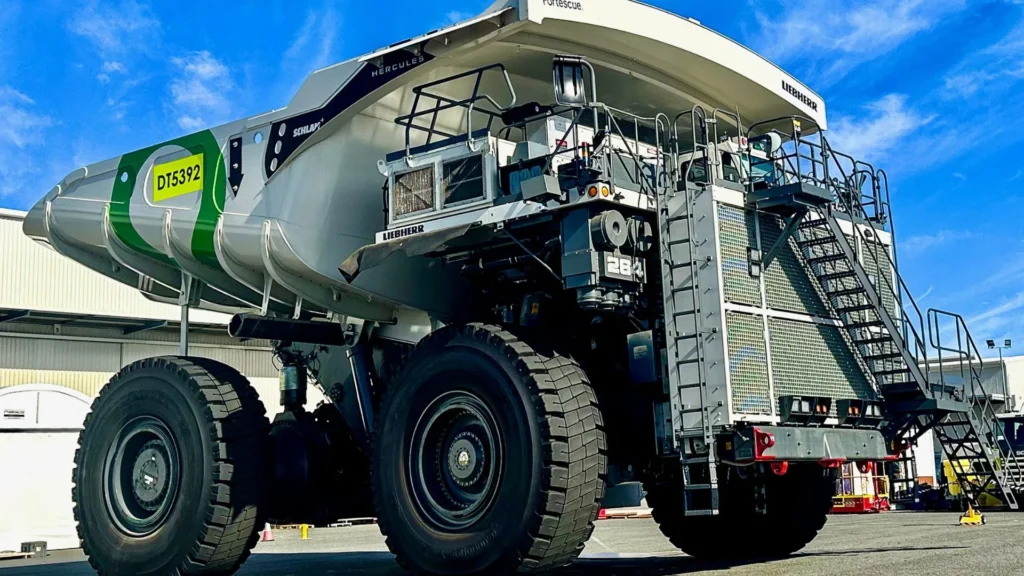
The "Europa" prototype truck can store more than 380 kg of liquid hydrogen.
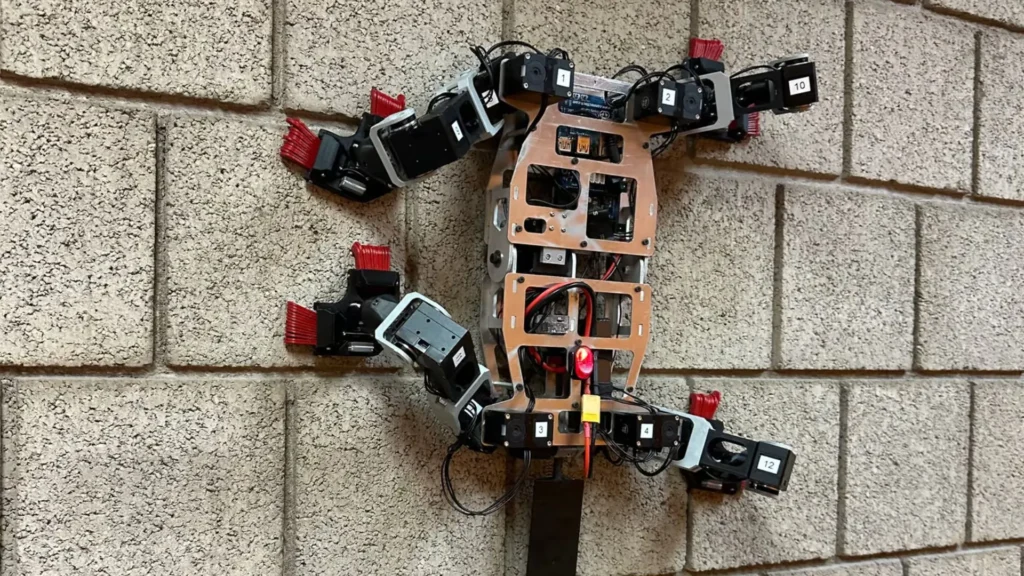
Its construction is based on the use of micro-spine tweezers, which are equipped with small hooks that are able to adhere to

In the last five years, the Girona plant has managed to reduce its CO2 emissions by 45%.
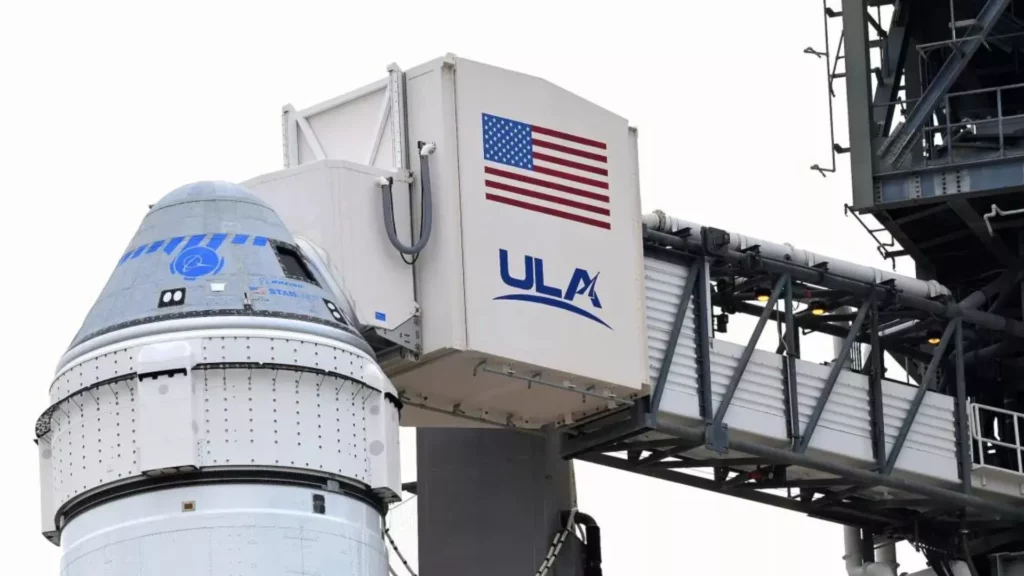
The Starliner program has been delayed several years, affecting Boeing's ability to fulfill its astronaut transportation contract.
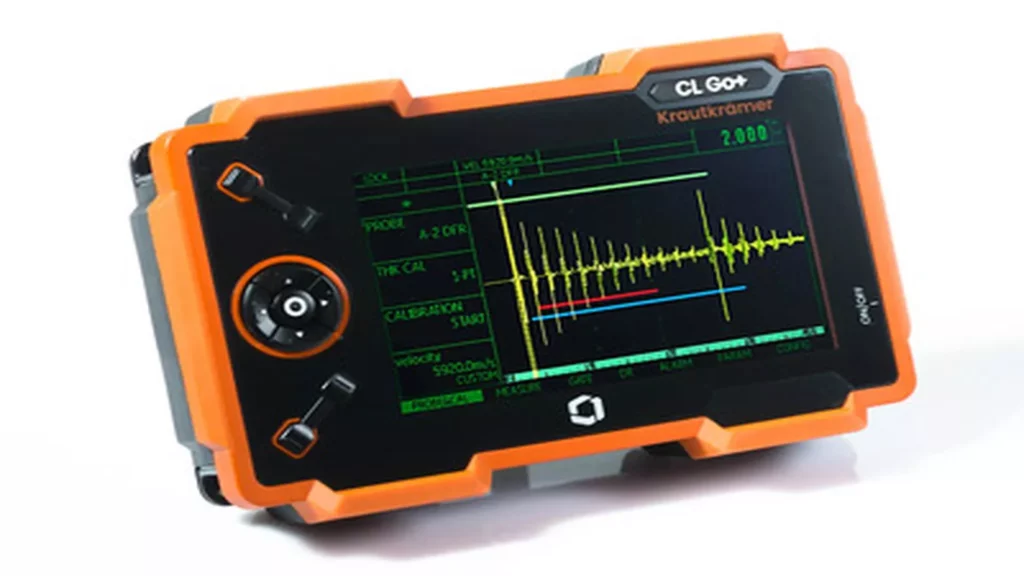
Its most notable feature is its ability to operate without cooling, which eliminates pauses during inspections.

The X2 is an electric vertical take-off and landing (eVTOL) flying car that seats two people.

The 400 m3 Mukaab promises to be an architectural marvel and the world's first immersive destination with advanced holographic technologies.
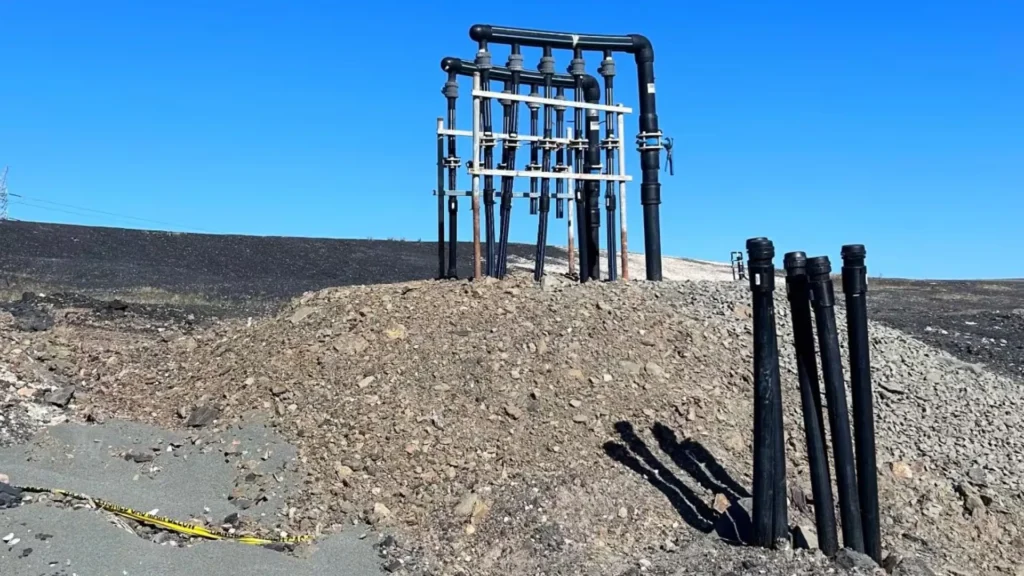
Landfill gas worldwide, is a major source of the greenhouse effect, mainly CO₂ and methane.